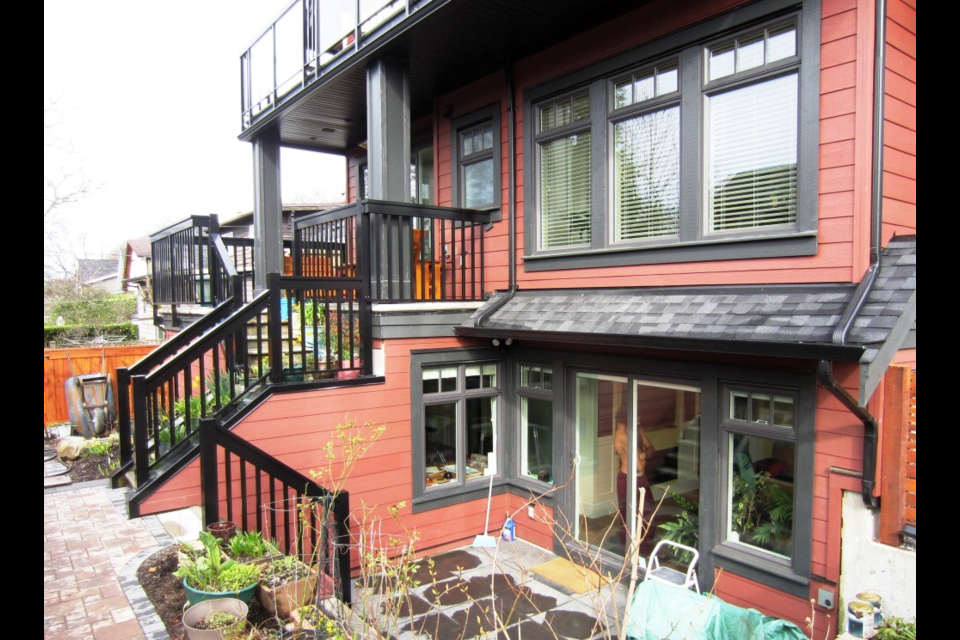It probably comes as no surprise that this week’s column addresses last week’s Fraser Institute report on the impact of unnecessary red tape on housing costs in Metro Vancouver.
In case you missed it, the report entitled “New Homes and Red Tape: Residential Land-Use Regulation in B.C.’s Lower Mainland” is the Fraser Institute’s first survey of Metro Vancouver developers and homebuilders. It compares and ranks cities and municipalities around the region in five categories of red tape.
These include the amount of time it takes to get planning approvals, the level of uncertainty in the approval process, regulatory costs and fees, the prevalence of having to rezone a property and the negative impact of municipal councils and community groups on the development approval process.
The survey was completed by developers and homebuilders who are members of two key industry associations — the Canadian Homebuilders’ Association and the Urban Development Institute.
While I am the first to acknowledge that many will question the validity of a survey carried out by the Fraser Institute, I must say the results generally correspond with my experience from working in many Metro municipalities.
The survey — which is part of a broader national effort to understand the effects of land-use regulation on Canadian housing supply — finds that the District of North Vancouver and the City of Vancouver are the most regulated municipalities in the Lower Mainland and consequently the most difficult in which to build new housing.
At the other end of the scale are Abbotsford and Burnaby.
While many will applaud those municipalities that have a more complex and time consuming municipal approval process, assuming more time results in better development projects, this has not been my experience.
On the contrary, I believe more complex and protracted approval procedures generally restrict much-needed housing supply and add unnecessary costs.
These complex procedures not only impact developers and homebuilders. They also impact anyone who may want to build a laneway house, or carry out a renovation or addition to their home.
Some of the key study findings include the following:
- Typical timelines for development approvals range from five months in Maple Ridge and 8.5 months in New Westminster to 16.1 months in the District of North Vancouver and 17 .7 months in West Vancouver. Vancouver came in third last at 15.1 months.
- Regulatory costs and fees were at a low in Abbotsford at $14,357 and a high of $40,000 in the District of North Vancouver. Vancouver came in at $37,283.
- One of the troubling statistics was how often it was necessary to rezone land in order to obtain development approvals. Rezoning was necessary for more than 80 per cent of the new development in eight of the 19 cities and municipalities surveyed. We need to change the planning approval process to address this finding.
- While the amount of time required for a rezoning varied, from my first-hand experience, the need for rezoning can add considerably to the cost of housing. For one thing, not all rezonings are approved, and developers generally try to recover failed project losses from future projects.
- Council and community opposition to residential development is perceived as strongest in those municipalities where the value of housing is highest. This prompted the researchers to observe that some neighbours may try to restrict housing supply to keep values up. This has not been my experience, but others believe it to be true.
While many won’t lose sleep over these survey results since it is hard to feel sorry for developers and homebuilders who may have to wait an extra eight months for approvals, I believe we should pay attention to these survey results.
A complex regulatory process unnecessarily adds to the cost of housing. Moreover, the survey revealed that many developers avoid building in the more difficult municipalities. Not only does this restrict supply, it restricts availability of the kind of housing many of us are seeking.
This includes duplexes and townhouses in established neighbourhoods, and other more affordable forms of housing.
While we may be content in our homes today, when the time comes to move, we may not find the housing choices we really want.
I’ll have more to say about this in future columns.
michaelarthurgeller@gmail.com
@michaelgeller



